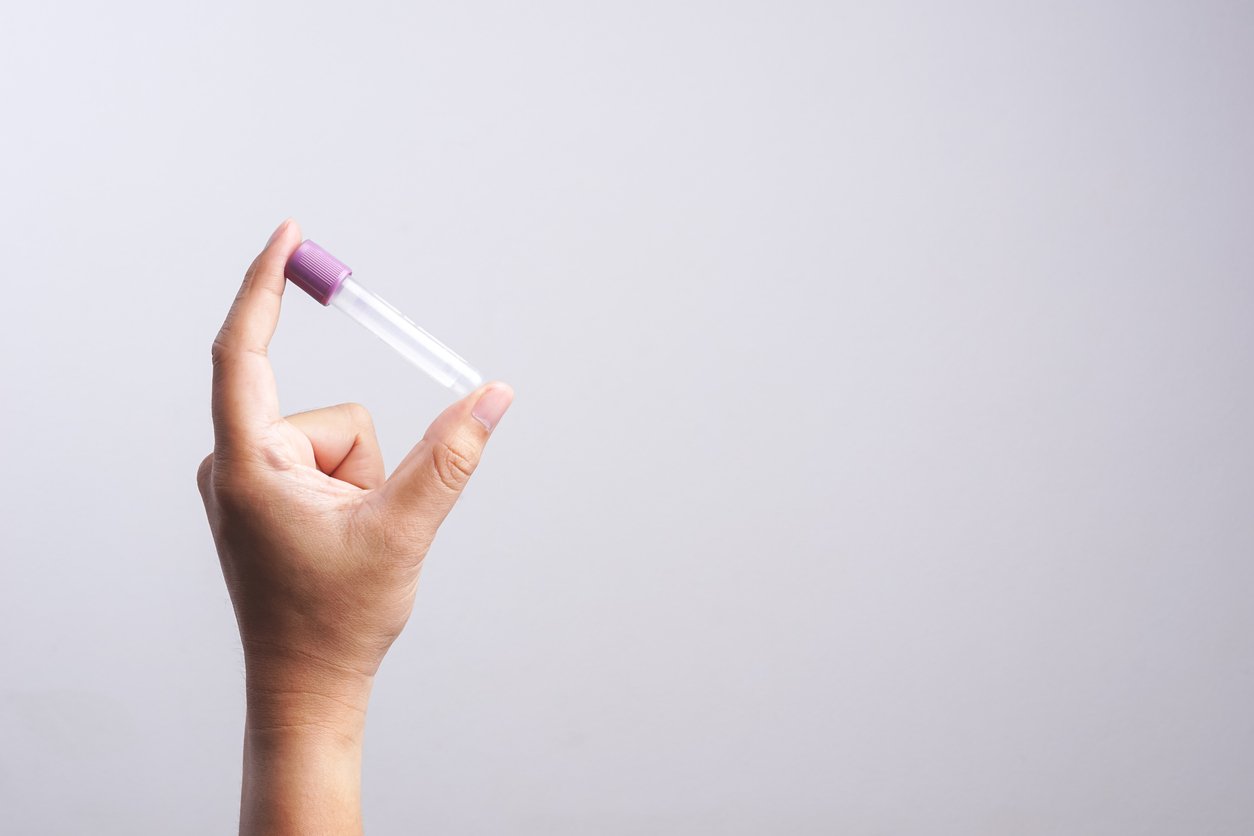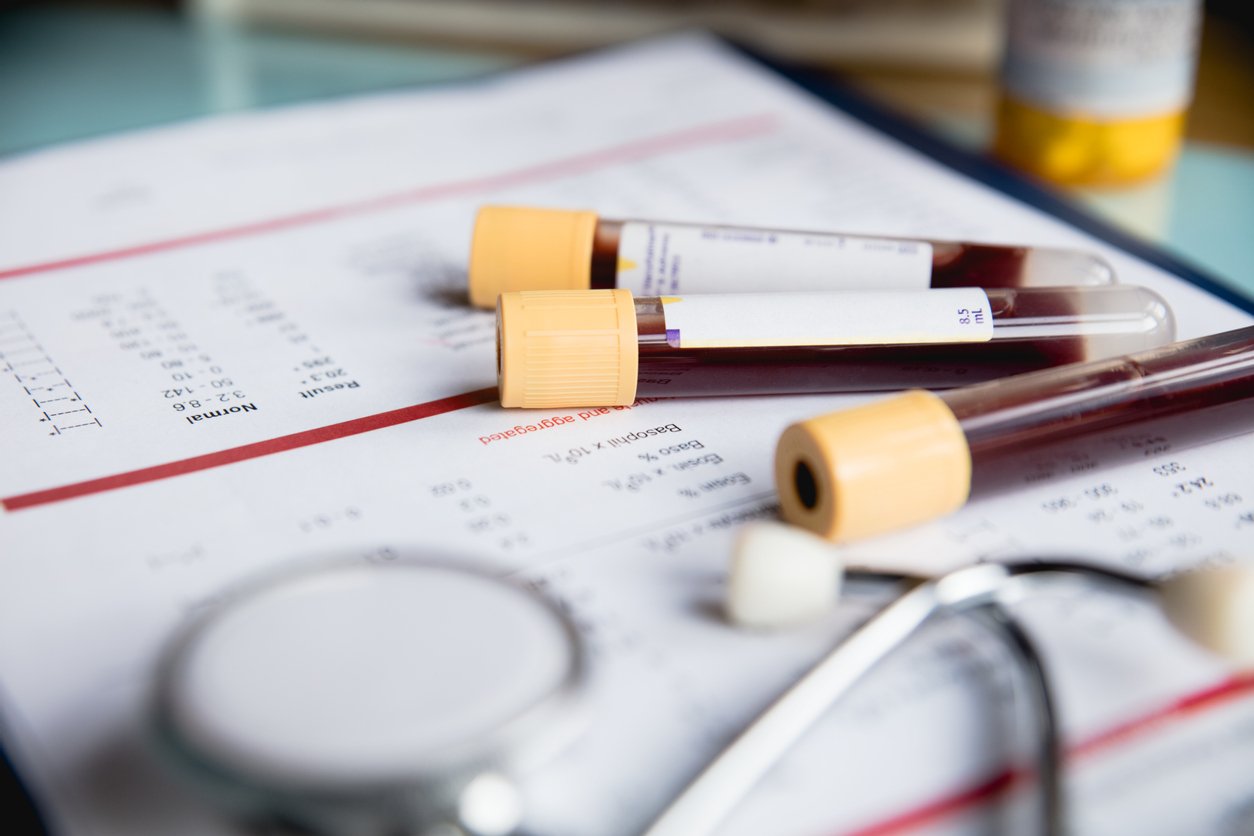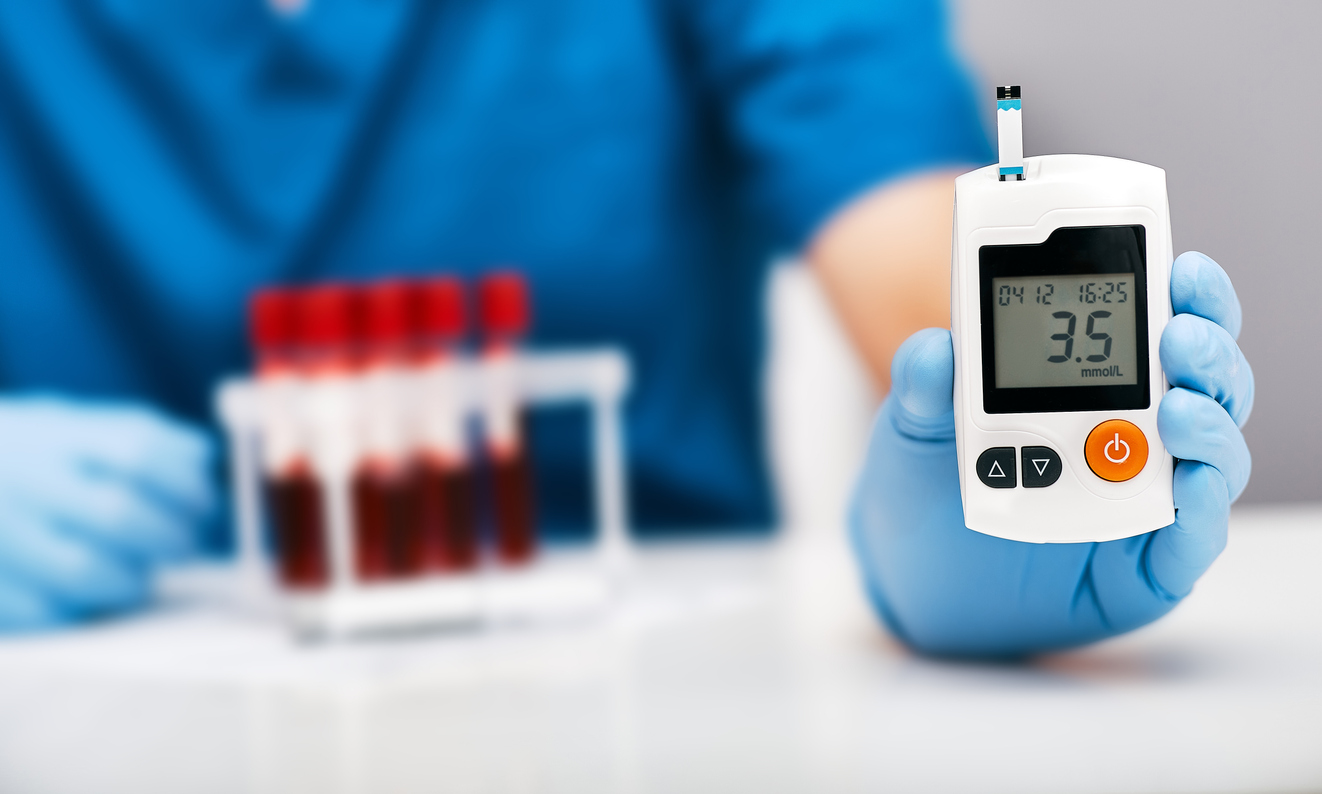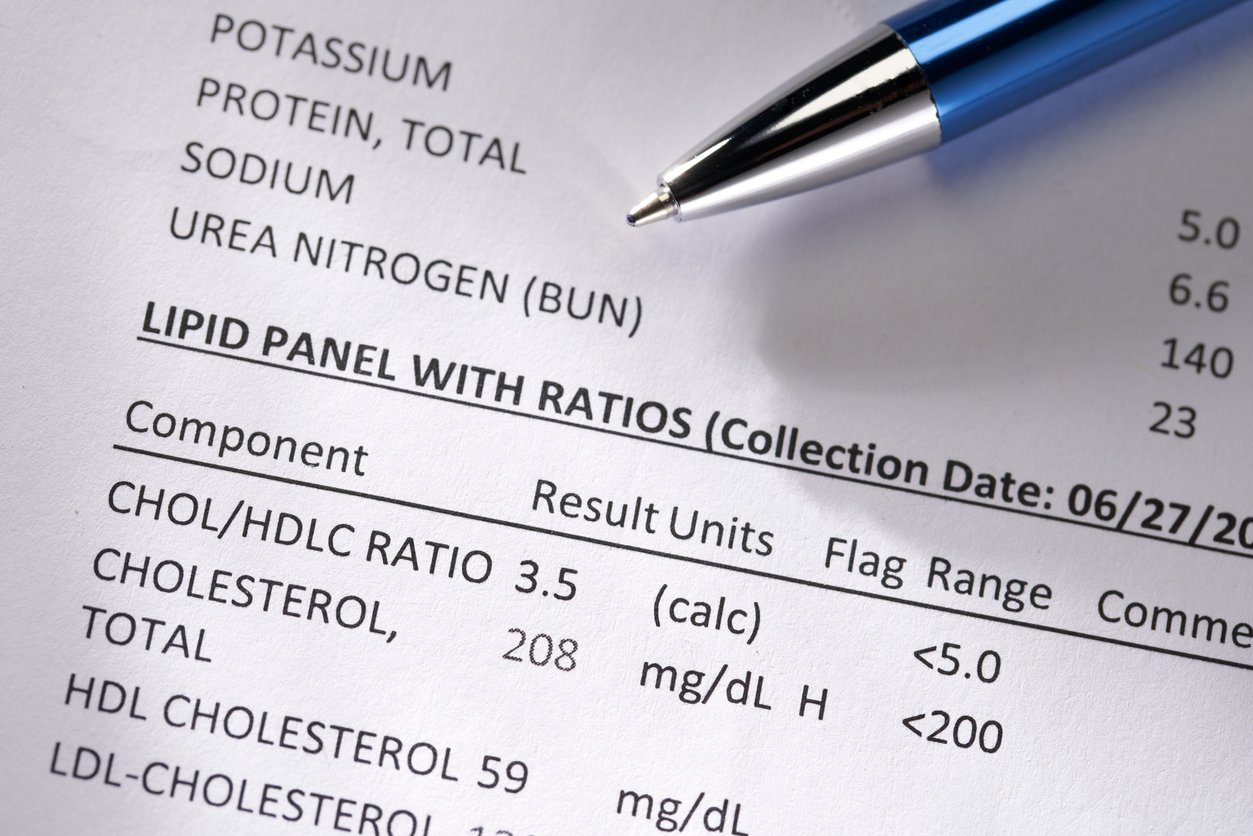by Ocean Robbins: You get what you pay for, right?
We are proud to announce a new partnership with John and Ocean Robbins and the Food Revolution to bring our readers Summits, Seminars and Masterclasses on health, nutrition and Earth-Conscious living.
Sign Up Today For the Healthy Heart Masterclass
I mean, you’d figure a $94,000 Tesla Model S would be more fun to drive than a $14,000 Nissan Versa. You’d hope that a $25,000 Red Ranger Cinema video camera gets superior footage compared to a $25 Vivitar digital video recorder. And if you lived in a country that spent 3x more than most other countries on health care, you’d expect to see higher quality care and better health outcomes.
But if that country were the United States, you’d be severely disappointed. When it comes to health care results, the US ranks 22nd out of 78 developed countries, according to the US News 2021 Best Countries Report. Compared to 10 other high-income countries (Australia, Canada, France, New Zealand, Norway, Germany, the Netherlands, Switzerland, the UK, and Canada), the US is dead last in performance. Despite spending significantly more than the others, the US trails the field in access to care, administrative efficiency, equity, and — most tellingly — actual health outcomes. In other words, we’re paying for the Tesla and driving out of the lot with a 1987 Yugo.
There are a lot of reasons for the US’s dreadful performance. Many of them are political, as the rancorous health care debates of the past 30 years clearly show. And the issue of health inequity and differential access to care makes everything worse, as we’ve witnessed over the last few years around racial disparities and COVID-19 health care. But there’s an underlying problem that, until addressed, means that there will never be enough money to take care of everyone properly.
And that problem is, the US health care system — isn’t.
It’s actually a disease-care system. It focuses not on preventing disease but treating it once it occurs. Even the elements we call “prevention,” like health screenings, are about detecting an already occurring disease process sooner rather than later, rather than actually preventing it. (Which, to be clear, is usually a good thing, as sometimes early detection of a problem, perhaps even before symptoms appear, can lead to more effective and less invasive treatment options.)
Unfortunately, once a problem is diagnosed, the disease-care system often focuses on managing symptoms rather than addressing root causes. We can lower blood pressure with medication without ever examining what caused hypertension in the first place. We can manage blood sugar in patients with type 2 diabetes with insulin and alpha-glucosidase inhibitors and never explore what is preventing their cells from absorbing glucose from the bloodstream.
If you want to be healthy — truly healthy, as in as free as possible from the conditions that foster disease, rather than relying on pills and procedures as first and only resorts to manage disease — then sometimes you need to take matters into your own hands. Because as the field of lifestyle medicine has made clear in the last several decades — and healers from around the world have always known — our diets, lifestyles, and environments determine, on average, at least 80% of our health outcomes. By ignoring these inputs, the US medical system more or less dooms its consumers to suffer preventable disease, disability, and premature death, for the largest price tag of any “health care” system on the planet.
Given all that, how can you take more control over your own health and health care? How can you head off problems before they manifest clinically, in decreased function and increased pain? How can you treat illnesses at their root rather than masking symptoms while the underlying process gallops on?
At Food Revolution Network, we’re all about the science of lifestyle and health. We share information about healthy diets, healthy lifestyle practices, and steps you can take to mitigate environmental toxins that could damage your health.
And we also know that stuff happens. Eating the world’s healthiest diet puts the odds in your favor, but can’t guarantee that you’re not going to experience health challenges. Similarly, exercising regularly, meditating, taking ice baths, immersing yourself in nature, and practicing gratitude and forgiveness will not stave off all illnesses.
So it’s important to be proactive with your own health, and not wait for a reactive health care system to, well, react. Diagnostics, including lab testing, is a key tool for both getting to the bottom of things and helping to prevent health problems in the first place. But trying to get the most benefit from lab tests can be a daunting task in the current system in the US.
Why? First, many doctors are so focused on disease symptom management, that they don’t even know what tests to order that might be useful in prevention. And even when tests are conducted, lab results aren’t always shared automatically with patients. You often have to request them, which means you have to remember to call to follow up (sometimes multiple times).
Access to your test results isn’t enough. You also have to understand what they mean. And many physicians don’t take the time to explain what the numbers mean and how different results may relate to one another — or they may not even know. Under most managed care plans, you only have a few minutes with your physician, which is rarely enough time to get all your questions answered (unless you’ve both been to auctioneer school). Unless you’re a frequent visitor with the same provider, they don’t really know you. They just know your vitals and symptoms in that appointment.
Plus, many physicians are under-informed or even misinformed about how to interpret test results. And few medical schools teach how to implement diet and lifestyle factors to address emerging conditions.
Taking Charge of Your Health

The bottom line is, it’s important to take charge of your own health. If you feel like you don’t know much about your health right now, it just means that now is a great time to start learning! After all, you are your own best advocate.
You’re the one who knows better than anyone if something is off or doesn’t feel right with your body and your health. And everyone is different in how they’re affected by symptoms. Not all diseases and conditions present the same way in everyone, and only you know what your healthy “baseline” feels like.
Knowledge is power. You and your trustworthy health care provider can make better decisions for your health when you know where you stand, and have objective data to help inform your choices.
Part of being able to make the best health choices stems from knowing what you can and can’t control. You can’t do anything about your age (except lying about it, which doesn’t count) or your genetics (sorry, The Fly is science fiction, and anyway, Jeff Goldblum didn’t exactly come out on top there). On the other hand, you do have some control over your lifestyle choices. And those choices can in turn help control how certain genes are activated or shut off, which in turn affects your susceptibility to disease. So, some of the best areas to focus on for optimal health control include your sleep, nutrition, exercise, smoking, social support, mental health, and reducing inflammation.
And when it comes to diet — which we know plays a huge role in our health — sometimes emphasizing certain foods, eliminating certain foods, or favoring certain supplements, can make a world of difference.
You don’t have to figure it out all alone, either. Part of taking charge of your health is knowing who and when to ask for help. Most doctors and other healthcare providers aren’t well trained in diet, lifestyle, or disease prevention — but some of them are. And when you get the right people on your side, it can make a world of difference. (Keep reading to the end for some resources to help you do just that!)
Ordering Your Own Blood Work

Part of taking control of your own health can include getting the diagnostic tests that are most relevant to you. If your regular doctor will prescribe them for you, and insurance will cover them — hooray! But you may also need to take the initiative yourself.
In most US states, as well as some other parts of the world, you can order your own blood work and other lab tests. This is called direct access testing (DAT), which seeks to share the physician’s power to diagnose with their patient. One of the earliest examples of DAT was the availability of over-the-counter urine glucose tests in the 1950s.
While this is a positive direction, DAT has its limitations. For example, not all labs provide an interpretation of the results. You may have a false sense of security if your results are within the “normal” or “reference” range, even though such numbers may actually be problematic for you in particular. And, on the flip side, you may panic if you see an “abnormal” result, even though it may not represent any kind of a problem.
Two recent examples of this illustrate the point: One person, whom we’ll call Darnell, eats an incredibly clean plant-based diet. Darnell went for a checkup where they drew blood for a lipid panel. When he got the results, he was shocked at his sky-high triglycerides, which looked more like those of someone whose meal staples were pepperoni pizza and cheeseburgers. It turns out that the lipid panel is a fasting test, which Darnell’s doctor neglected to mention.
Another person, whom we’ll call Florence, got back a worryingly high alkaline phosphatase number on her comprehensive metabolic panel (a test we’ll discuss below), and immediately googled what it meant. She was overwhelmed with scenarios of liver damage, bone disorders, and cancers. When she talked to a physician friend, Florence was reassured that high numbers are usually temporary, and not to worry; just take the test again in a month. Again, her own doctor didn’t communicate any of this.
Without professional insight, you could be on your own to figure out what the numbers might mean for you. (Hence the value in working with a lifestyle-competent health care provider who can help you make sense of the results, and take positive action with them.)
And DAT isn’t available everywhere. Currently, 37 states and the District of Columbia allow direct access testing in some form, either with or without restrictions.
What about other parts of the world? The United Kingdom has home blood testing available. However, as of this writing, they’re experiencing a shortage of blood test tubes, so blood testing is being limited. Canada allows DAT, but all blood test requests must be made through a licensed doctor. There are also some Canadian companies, like LifeLabs, who will come to your home to do your blood tests. Australia also has DAT.
If you use DAT, which can be a great tool, it’s still best to work with a trusted health care practitioner, so you have the context you need and an advocate to help you make sense of the results and come up with action plans.
If you’re located in the US and want to order some bloodwork, one great DAT resource is Yourlabwork.com, a direct access cash-based lab testing platform. All you have to do is order the tests you want online, schedule a blood draw appointment with one of their 4,000 draw stations around the country, and receive your online lab report usually within 48 hours. (If you’re nervous because of painful shots when you were a kid, good news: there have been huge advances in technology, and a well-trained phlebotomist can insert the needle so that you hardly feel it.)
What Lab Tests Might You Need?

You’re probably wondering what lab tests should be on your radar. The point of lab tests is to assess your current state and monitor it over time, so you can take timely and effective action to maintain or restore your health should problems emerge.
Below are some of the top tests that many people (including whole foods, plant-based eaters) find useful.
Inflammation
Tests: Hs-CRP, ESR (Erythrocyte Sedimentation Rate)
High-sensitivity CRP (hs-CRP) looks for one of the major markers of inflammation, c-reactive protein (that’s the “CRP” in the name). Researchers are discovering that inflammation is at the root cause of many diseases. If high levels of CRP are detected in the blood, this can indicate a higher risk for developing coronary artery disease or having a heart attack, for example. CRP is measured in milligrams per liter (mg/L).
Note that there is also a regular CRP test, but the hs-CRP test tends to be more sensitive to chronic inflammation and therefore may be a better investment.
The ESR (erythrocyte sedimentation rate) test can be helpful for monitoring the progress of certain inflammatory diseases. It looks at erythrocytes, or red blood cells, and their activity in your blood when placed in a test tube. If they clump together and settle to the bottom more quickly than healthy red blood cells, this can indicate inflammation. The more they fall in one hour, the stronger the inflammatory response of your immune system. (I imagine the lab technicians sitting and watching this test like it’s a red snow globe, but I could be completely wrong.)
For more on how to fight chronic inflammation, read our article here.
Diabetes

Tests: Fasting Glucose, Hemoglobin A1c
The fasting glucose test tells you what your blood sugar is when you haven’t eaten recently, for example, first thing in the morning. Normally, your blood sugar rises after eating but then falls back within its normal range within 2–3 hours if you have a healthy insulin response. But in poorly managed diabetes, or when a diabetes management plan needs a little adjusting, fasting glucose may be higher than normal. As such, this test can be used to diagnose diabetes and prediabetes.
The A1c test indicates how well-controlled your blood sugar levels have been over the past three months. When levels are abnormal, it can indicate a prediabetic or diabetic condition.
To find out about the top foods to eat, and avoid, if you want to prevent or reverse type 2 diabetes, read our article here.
Thyroid
Test: TSH (Thyroid Stimulating Hormone)
The TSH test, which is also called the thyrotropin test, is an excellent screening test for thyroid disease. It measures TSH, or thyroid-stimulating hormone, which is made in the pituitary gland in your brain and is responsible for regulating things like weight, body temperature, muscle strength, and mood. Depending on the levels of your TSH, your pituitary gland makes more or less of it to keep it in a healthy range. So when a TSH test indicates that your levels are out of this range, it can indicate that your thyroid isn’t working properly. Elevated TSH results indicate that your body is working hard trying to stimulate your thyroid gland to produce more thyroid hormones.
Nutrients
Tests: Vitamin 25(OH)D3, Vitamin B12, Homocysteine, Iron, Ferritin, Zinc, Selenium, Magnesium, Omega-3/Fatty Acids
It can be helpful to know your blood levels of some key nutrients, to make sure you’re getting and absorbing enough of them. Some of these are especially recommended for plant-based eaters who may need to supplement in order to have adequate levels.
- Vitamin D: For our article on vitamin D click here.
- Vitamin B12: For our article on vitamin B12 click here.
- Homocysteine: For more on homocysteine tests and what they mean, click here.
- Iron and Ferritin: While many people are concerned about getting enough iron, some of us actually get too much. And there are different forms of iron, that impact the body in unique ways. For our article on iron click here.
- Zinc: For our article on zinc click here.
- Selenium: For our article on selenium click here.
- Magnesium: For our article on magnesium click here.
- Omega-3s: For our article on omega-3s, click here.
Cholesterol

Tests: Total Cholesterol, Triglycerides, LDL (bad) Cholesterol, HDL (good) Cholesterol, Total Cholesterol/HDL Ratio
Understanding your cholesterol and other blood fats levels is important, because high levels of certain kinds of cholesterol can indicate a higher risk for heart disease, heart attack, and stroke. Health care providers often test these at an annual wellness exam.
Total Cholesterol: Cholesterol is a waxy substance found in your cells, and total cholesterol is calculated by adding together HDL, LDL, and 20% of your triglycerides.
Triglycerides: Triglycerides are a type of fat in the blood. Any calories your body doesn’t use, eliminate, or burn off from food right away may be stored as triglycerides in your fat cells.
LDL (bad) Cholesterol: LDL stands for low-density lipoproteins. It’s sometimes called “bad” cholesterol because having too much of it promotes the buildup of cholesterol in the arteries.
HDL (good) Cholesterol: HDL stands for high-density lipoproteins. It’s often called “good” cholesterol because its role is to transport cholesterol from other parts of your body back to your liver, where it’s removed.
Total Cholesterol/HDL Ratio: This ratio can help indicate whether you’re at risk for heart disease, heart attack, or stroke. Some research suggests that a ratio of 3.5 or below is ideal for helping to prevent or reverse heart disease.
For more on cholesterol, read our article here.
Comprehensive Metabolic Panel
Tests: Serum Sodium, Potassium, Chloride, Serum Creatinine, Blood Urea Nitrogen, estimated Glomerular Filtration Rate, Carbon Dioxide, Calcium, Total Protein, Albumin, Globulin, Albumin/Globulin Ratio, Total Bilirubin, Alkaline Phosphatase, AST, ALT
These tests measure your liver and kidney function, as well as looking at electrolytes and protein stores in your bloodstream. They’re sometimes a part of lab work at an annual wellness exam, and are helpful to understand, particularly if you have concerns about liver or kidney health and need to monitor them.
For example, the Glomerular Filtration Rate (GFR) is very frequently used as it’s considered to be the best measurement of your kidney function. It’s based on a value of 100, which means that your kidneys are working at 100%. If your GFR is 65, that indicates that your kidneys are working at 65%.
As for the liver, AST and ALT are two very important liver enzymes that can help identify toxins in your liver, if you have liver disease, or if there’s liver damage. Higher than normal values of these can indicate cause for concern.
CBC (Complete Blood Count)
Tests: White Blood Cell Count, Red Blood Cell Count, Hemoglobin, Hematocrit, MCV, MCH, MCHC, RDW, Platelet Count, MPV, Neutrophils, Lymphocytes, Monocytes, Eosinophils, Basophils
A complete blood count checks for anemia or any abnormal elevation in your blood cell counts. It’s also a great way to evaluate the function of your bone marrow. This is a standard test performed at many annual wellness checkups.
The CBC values indicate how many new blood cells your body is creating, as well as the number and shape of blood cells. It can also help identify anemia, bone marrow disorders, sickle cell anemia, infections, nutrient deficiencies, side effects of taking medications, and certain cancers.
For example, having a red blood cell (RBC) count that’s lower than normal could indicate anemia. You’ll likely also have lower than normal hemoglobin (Hgb) levels, because hemoglobin is carried by red blood cells. Having low ferritin levels can also indicate anemia, as ferritin is a blood protein that contains iron.
And if your white blood cell (WBC) count is high, this most often indicates that your body is actively fighting an infection. This is because white blood cells are disease-fighting cells.
Interpreting Your Test Results

Getting your numbers isn’t enough. You also need to interpret your test results and take action where needed. And while we’re encouraging you to take charge of your health, that doesn’t mean you need to go it alone. You’ll probably want a health care provider who can help you understand what you’re seeing, guide you to make a plan, and in certain cases prescribe further tests or treatments that you can’t access over the counter or without financial assistance from insurance.
If your current doctor isn’t willing, or knowledgeable enough, to guide your journey, what kinds of doctors might be?
If you’re in the US and looking for a plant-based doctor, PlantBasedDocs is a helpful search engine that serves as a directory for health care providers who value a food-as-medicine-first approach to care. In addition to doctors, you can use this database to find registered dietitians, nurses, and health coaches that practice with a plant-based approach. Simply plug in your zip code to view local options.
You might also want to make use of a service called Plant-Based TeleHealth, which features doctors like longtime Food Revolution Network friend and frequent Food Revolution Summit guest Michael Klaper, MD. All you have to do is register as a patient and schedule your telehealth, or virtual, appointment with one of the plant-based health care professionals. They can help you interpret your lab tests and advise you with lifestyle changes and a health care plan. They advised us on the test recommendations listed in this article, and are prepared to support interpretation and action based on the results of the tests described.
Note that Plant-Based TeleHealth is a cash-pay service, and they do not accept health insurance. However, all prices are listed on the website, and you can even read about the doctors and the US states in which they’re licensed to practice. (As of this writing, they can prescribe tests and medications in all 50 US states. They can also provide coaching, but can’t prescribe medications, internationally.)
Take Back Your Power
Knowledge can be empowering, and lab testing can give you critically important knowledge. Working with a plant-based or other lifestyle-centered health care provider can help you interpret results and get you on the path to better health, whether that’s prevention, reversal, or optimization.










































